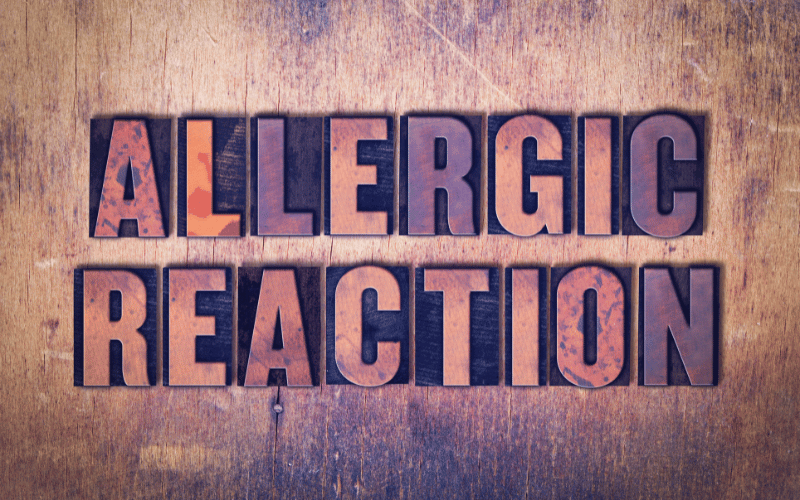Introduction: Why Angioedema Deserves Your Undivided Attention

Angioedema, or Quincke’s edema as it’s also known, is one of those medical conditions that can pop up when you least expect it. One minute you’re going about your day, and the next, you’re faced with swelling beneath your skin. Not only does this sudden onset make it a bewildering phenomenon, but it can also turn serious—fast. That’s why a trusted, thoroughly researched resource on the topic is crucial.
The information landscape is a double-edged sword. On one hand, you have access to a plethora of facts and figures. On the other, not everything you read on the internet is accurate. So, how do you filter the good from the bad? How do you distinguish between common misconceptions and scientifically-backed data? That’s exactly where this guide comes in.
It doesn’t matter if you’re a healthcare provider, a concerned parent, or someone who’s experienced symptoms firsthand. Knowing the top causes of angioedema can make a world of difference. You’ll gain an edge in identifying triggers, understanding how your body reacts, and taking prompt action. The significance of arming yourself with accurate knowledge simply cannot be overstated.
In this article, we’ll dig deep into the top 10 causes of angioedema. We’re not merely scratching the surface here; we’re going into the nitty-gritty of each cause, complete with the latest scientific data. By the time you’re done reading, you’ll not only comprehend what angioedema is but also how to address it effectively. Your health and peace of mind are too important to leave to chance. So, buckle up and get ready for an enlightening journey through the multifaceted world of angioedema.
1. Allergic Reactions: The Underlying Culprit in Many Angioedema Cases

Allergic reactions are often public enemy number one when it comes to angioedema. They’re notoriously sneaky, capable of being triggered by a myriad of substances from foods to pollen to pet dander. Imagine biting into a piece of shrimp at dinner and experiencing swelling and puffiness shortly after. A foreign substance tickles your immune system, and before you know it, you’ve got a full-blown angioedema episode.
Histamines play a starring role here. Your body releases these chemicals as a defense mechanism when it encounters what it thinks is a harmful substance. However, this defense goes into overdrive, causing symptoms such as swelling and itchiness. The kicker? Histamines can make your blood vessels more permeable, which means fluids can easily leak into surrounding tissues, causing swelling beneath the skin.
This is not your run-of-the-mill allergic reaction, mind you. Angioedema goes deeper than hives or surface-level irritations, affecting the deeper layers of the skin, particularly around the eyes and lips, and sometimes the throat. It can make a simple allergic reaction much more perilous by affecting your ability to breathe or see.
Though allergies are commonly associated with angioedema, it’s crucial to understand that they are but one piece in the larger puzzle. Our journey into angioedema is just beginning. Strap in as we dig deeper into other critical factors contributing to this condition. (1)